Perhaps Monday is one of seven instances of a day of the week, not a kind of day of the week. Think of the class Day Of Week as a set. What are the members of the set? There are seven: {Monday, Tuesday, Wednesday, Thursday, Friday, Saturday, Sunday}. Now think of the class Monday. Do you want members {this-past-monday, next-monday, ...}? Probably not.
You could go with seven instances of the class Day of Week, or you could use an enumeration with seven enumeration literals. In either case, you still have the problem of ordering the instances, but at least with instances or enumeration literals, the two meanings of is a aren't mixed up. (As in, is an instance of vs. is a kind of.)
In UML you can have a property that has {ordered} values of type Day Of Week. You don't get to say how they're ordered, though.
Below I've worked two examples. One is using a class, which you would instantiate with seven instances, each having a unique value for the sequenceNumber attribute, which you can use to order the instances. The other is using an enumeration, which has seven enumeration literals. Each enumeration literal has an attribute called sequenceNumber, which you can use to order the enumeration literals.

Each enumeration literal is an instance of the enumeration and has a slot containing a unique value. These slots cannot be shown on a diagram, but they are in the model. Here is a screenshot showing the slot for each enumeration literal in the containment tree for the model:




